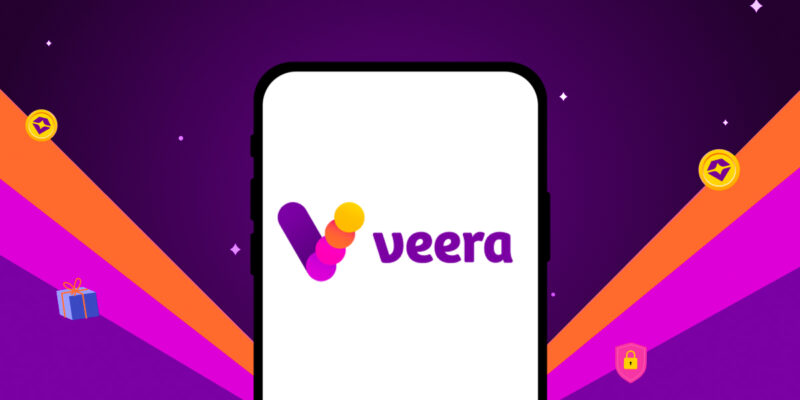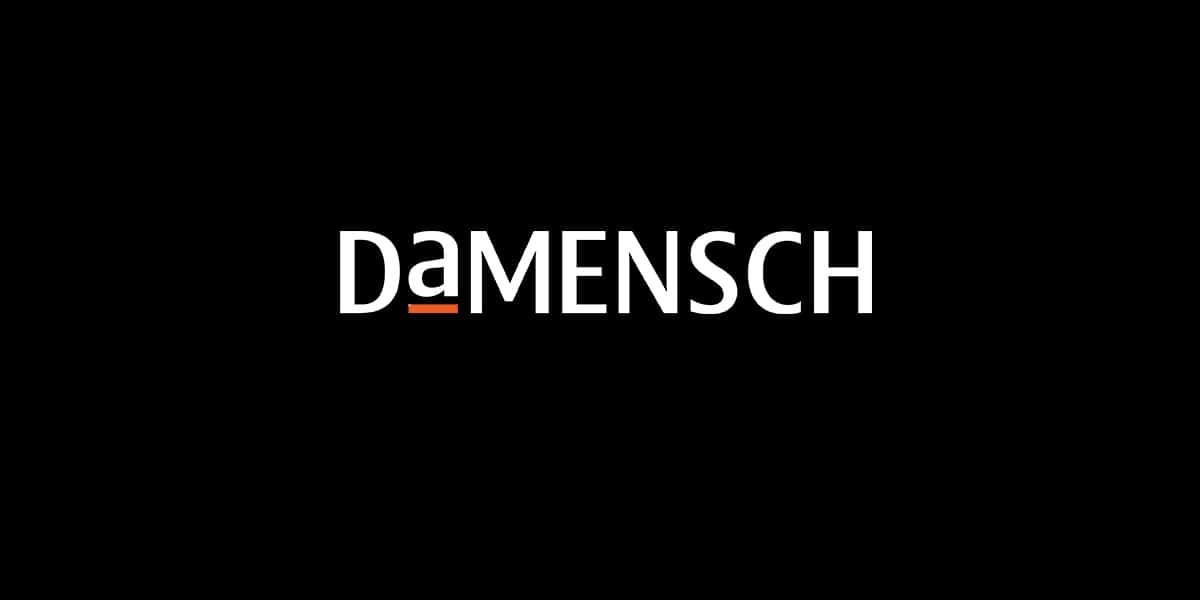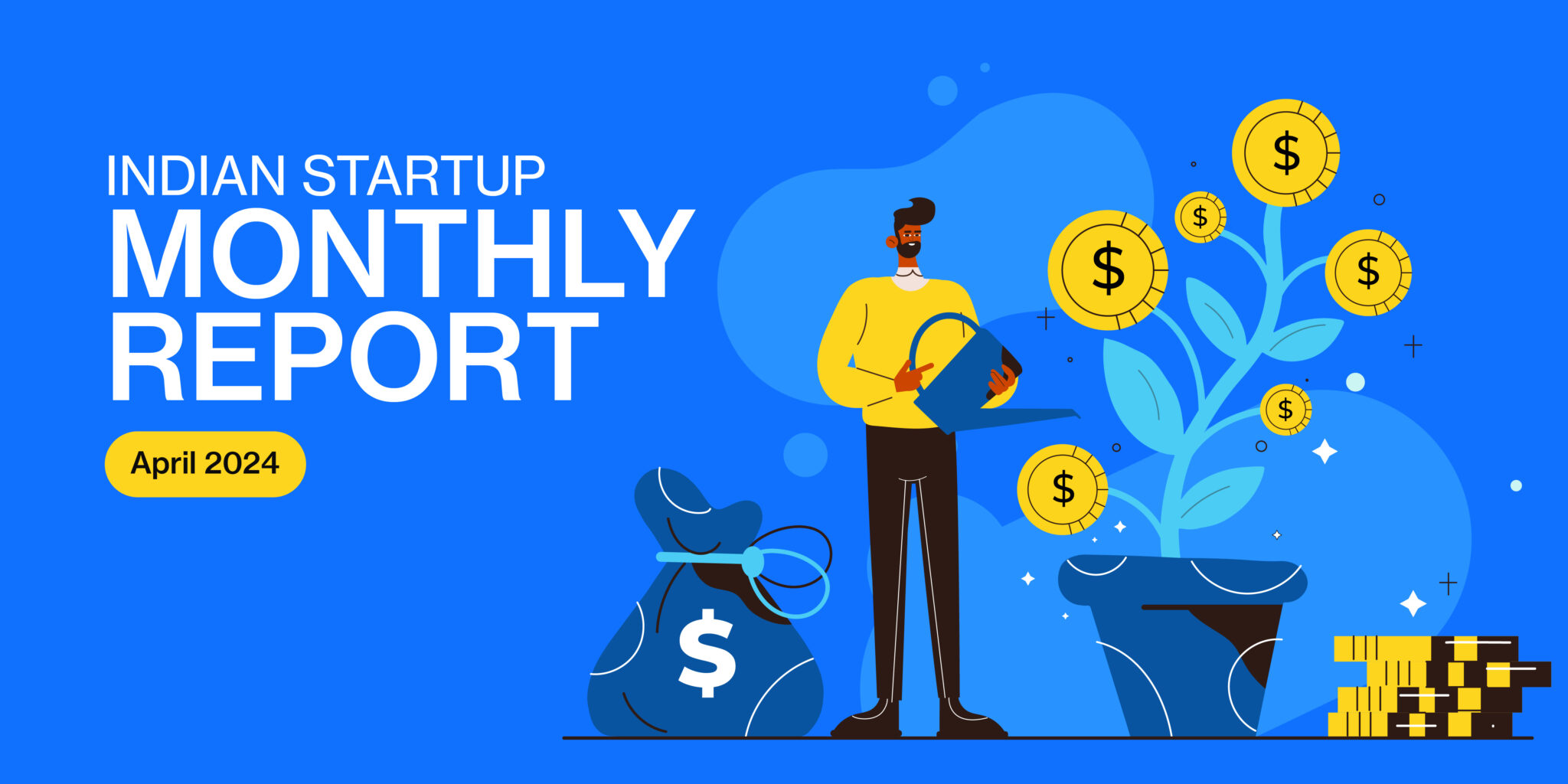Even as Google Chrome has become the default mobile browser for most users, several companies provide alternatives with extra incentives, such as privacy or productivity. Vivaldi offers extensive personalization features, while DuckDuckGo focuses primarily on privacy.
In the midst of Google Chrome’s global dominance and a few alternatives, an Indian startup is venturing into building a local mobile web browser – Veera. The unique selling proposition (USP) of this browser lies in its focus on engagement, achieved through rewards and games.
Founded in 2022 by Arjun Ghose, Rahul Pagidipati, Aditya Julka, and Kanu Gupta, Veera is still in its early stages, with a long journey ahead to secure a significant share in the browser market. We interviewed the company’s founder and CEO, Ghose, to delve deeper into the startup. Here are the edited excerpts:
Browser market is highly competitive. What inspired you to enter this space?
If we delve into the history, the browser has been a crucial asset in our digital lives, remaining relatively unchanged for the past 20-25 years. Despite minor innovations like the tab-to-browsing concept, the browser retains a familiar appearance since the early Netscape window.
Considering its significance, it appears underutilized globally, not just in India. When approaching a browser, users seek an access point, making the journey more powerful with new features, localization, and easily accessible extensions. However, these possibilities are currently unavailable.
The reason for this limitation lies in the global monopoly held by a single company, especially prominent in India. Monopolies, being detrimental to free markets, tend to stifle innovation.
Can you please help understand what makes Veera different and more useful for Indian users?
Dominance of one company has resulted in a lack of new features, extensions, and localization in the browser, an issue Veera aims to address. On the user side, a majority of the 600-700 million Android phones in India are underpowered, limiting simultaneous application usage.
Veera, on the other hand, has additional and unique feature sets. One example is the newly launched Rewards feature, making the browser essentially an “earn as you use” platform. Users are rewarded for various activities, such as browsing, content consumption, gaming, and referrals. This concept takes on the traditional browser model, offering a personalized and localized rewards engine that acknowledges user attention and revenue-sharing. This disruptive approach sets Veera apart. We also address the user’s privacy concerns and provide tangible benefits in return.
How faster is your browser than the competition? Can you shed light on the performance of the product?
On average, our platform is at least as fast as the fastest browsers, likely 10% faster. It’s important to note that we differentiate ourselves by being more than just a browser; we are an engagement and attention platform, functioning within the attention economy. This convergence extends beyond a traditional browser, encompassing content, gaming, commerce, and nuance.
Despite this comprehensive approach, our platform maintains a speed comparable to the fastest browsers currently available. When users open the homepage, they encounter a diverse array of categories, including games, content, and various engagement options.
We understand that Veera is a Chromium-based browser. How has it been implemented for better user experience?
If we delve into the Chromium open source, it currently boasts around 30 million lines of code, developed and refined over the past 10 to 15 years. This solid foundation has been used by various browsers, each adding its own feature sets. For instance, Brave leverages privacy libraries atop open source Chromium, positioning itself as a privacy-first browser with user data protection as its unique selling proposition (USP).
Despite the efficiency of building on the Chromium code base, we have done a lot of dev work on the top of Chromium mainly because we prioritize user choice in privacy, ensuring a localized build optimized for low-end Indian Android smartphones. Additionally, we have introduced an additional rewards layer on top of the existing code, further enhancing the user experience.
It’s essential to recognize that this process aligns with the typical development approach for browsers, except for Firefox, which took a distinct route by building itself from scratch, separate from the Chromium framework.
What’s next for Veera?
There’s considerable effort underway to bring this up to version 2.0. The next six months are going to be a crucial period, and we’re set to launch version 2 at a swift pace. We’ll be adding more content partners and beefing up our gaming repository. Essentially, we’re positioning ourselves as the gaming aggregator or gaming marketplace where, instead of going to five or ten different apps to play, users can just come to Veera to play. If you’re playing here, you’ll get rewarded in one single, uniform currency—Veera points.
We’re also expanding our rewards and levers, introducing contests and competitions, which are currently underway. Additionally, we’re launching a couple of very innovative features, including AI. Unfortunately, I can’t provide details about them now, but you’ll see a lot more traction on that happening later this month.














